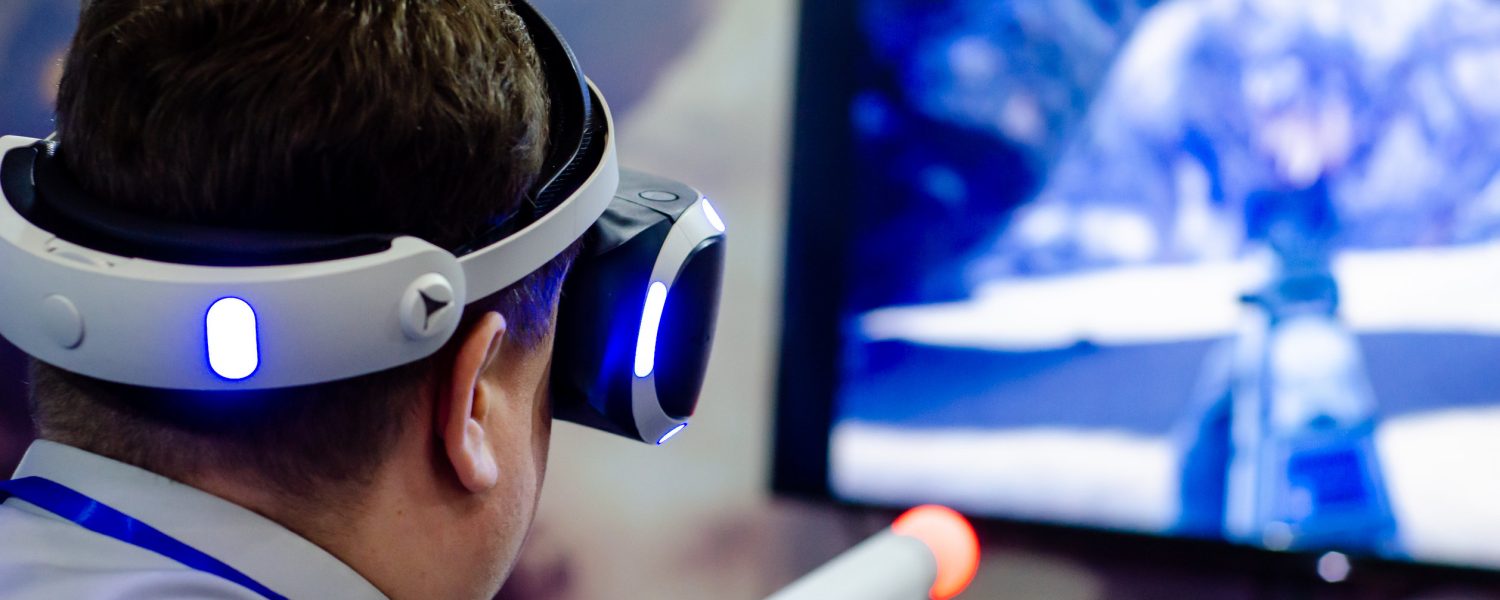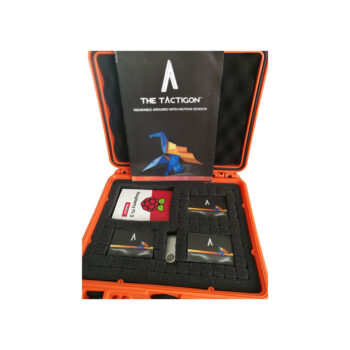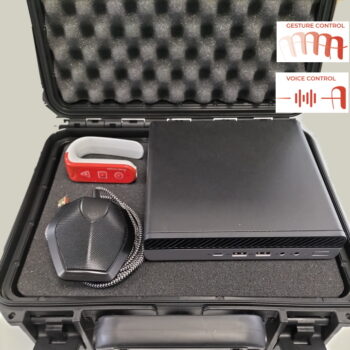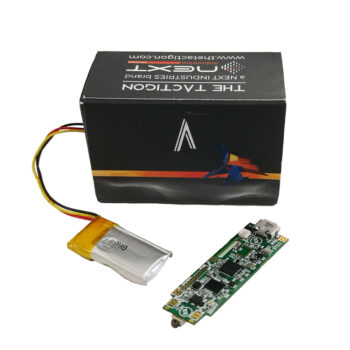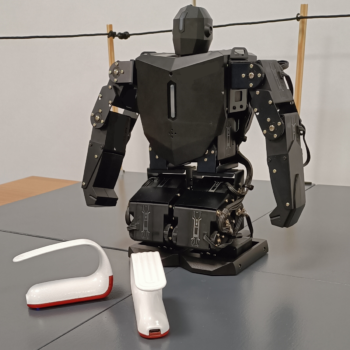IoT in the Gaming Wearable Technology
The gaming industry has witnessed a remarkable transformation, thanks to IoT technology and the advent of motion-based interfaces, such as gesture and voice control. This technological evolution aims to enhance user experiences in gaming and beyond, particularly through the integration of gaming wearable technology.
The Internet of Things (IoT) plays a pivotal role in this revolution, empowering not only gamers but also game developers, designers, and manufacturers. IoT in the gaming industry leverages advanced software and hardware found in smartphones to create an oversupply of IoT gaming projects. These projects are not only marketed to a broader audience but also significantly elevate the gaming experience itself.
One of the most promising developments is the adoption of gesture and voice-controlled wearable technology. These innovations represent a natural progression in human-computer interaction, liberating users from traditional and often cumbersome input methods like mice and controllers. Gesture control and voice commands are considered natural interfaces, aligning perfectly with how humans naturally interact with machines.
